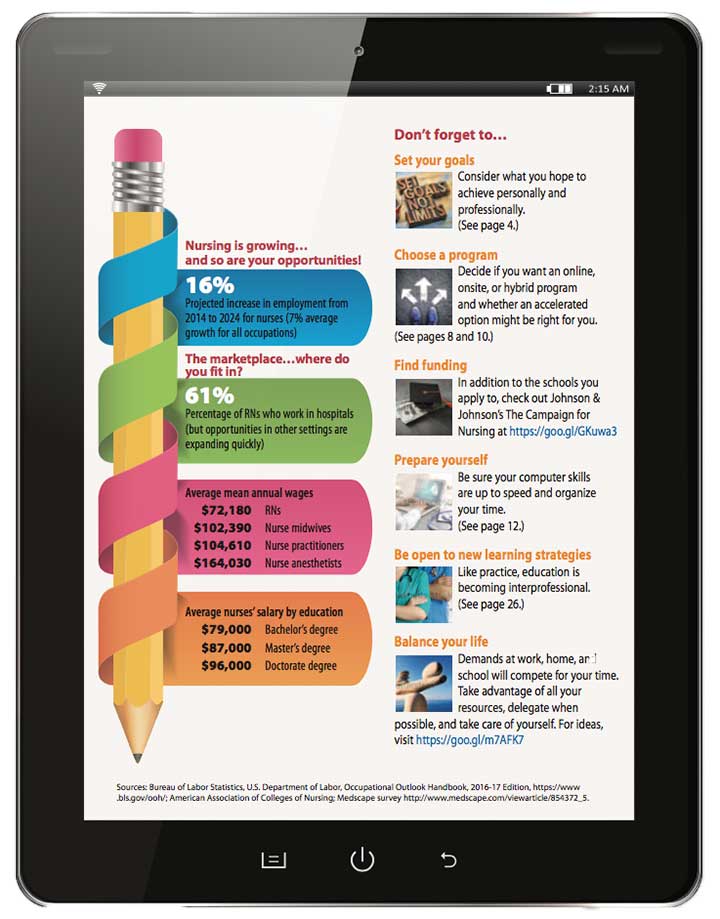As a teacher, do you ever feel as if your words sound like a string of jumbled trombone notes? Instead of doing all the talking, do you wish your students would talk while you listened, moving among them as they discuss case studies, watch videos, review information, and ask you questions?
That’s what happens in a flipped classroom. Instead of feverishly taking notes or passively absorbing content in class and doing homework later, students become familiar with assigned concepts at their own pace outside class, and then apply, analyze, or synthesize it in class with the teacher’s help. Their homework is a weekly lecture via a PowerPoint® presentation with the teacher’s voice on audiocast, or a podcast or an online video, which students view or listen to at their own pace and convenience. They can pause, rewind, and rewatch a video or replay specific slides or audio segments. And they can do it on the device of their choosing—even while exercising or powerwalking. This way, they come to class familiar with the assigned content and armed with observations or questions that will help them master the concepts.
The teacher assigns homework in the form of specific online videos, PowerPoint presentations, audiocasts, or podcasts. Class time is reserved for discussion and other activities that illustrate and help them master concepts, work through problems, and assimilate knowledge. Group activities rule, and the teacher’s role changes from provider of didactic lectures to facilitator. (By the way, content-related Jeopardy games and videos are among my students’ favorite activities. I bring the popcorn!)
Is it noisy at times? Yes. Are students learning? Yes. Do I see many yawns? Not as many as before. Plus, class attendance has improved.
Flipping the classroom isn’t a new idea. Teachers have used this approach in a range of academic settings, from middle school to college.
Preparing to flip the classroom
Before implementing this novel approach, I had to educate myself about it. I joined a network that promotes the flipped classroom, read many articles, and interviewed a staff member in my school’s information technology (IT) department who’d worked with another professor in flipping her class. I scoured the web to find activities that encourage active learning. The Quality and Safety Education for Nurses website (QSEN.org) gives examples of activities that provoke critical thinking in students. Many YouTube videos provided information on the weekly topics we needed to cover in class.
When I introduced the flipped concept to my classes (first-year nursing students in maternity nursing and senior nursing students in mental health nursing), I encountered some skepticism. The idea unnerved some of the traditional learners who were accustomed to jotting down every word I spoke. To help ease their fears, I passed out an article on the flipped classroom along with my “flipped” syllabus.
How it’s playing out
Many of my students said they liked the self-paced PowerPoint presentations and the ability to replay the parts they wanted to review. They found certain videos highly entertaining; some students even memorized classic lines.
The negatives? For the rare audio glitches that arise, my IT department is helpful. And a few of my students didn’t have Microsoft® Office (needed for PowerPoint) on their computers. But as Penn State students, they could get a free download.
To find out if students are viewing and learning from the assigned PowerPoint presentations, videos, audiocasts, and podcasts, I give quizzes every other week and exams every 3 weeks or so. Their grades are quite promising. Also, I ask them to fill out an anonymous evaluation the last day of class to elicit their opinions on the flipped classroom.
- First-year students for the fall 2013 and spring 2014 semesters rated the course a 4.0 on a scale of 1 to 5 (where 5 is the highest score). Second-year students rated it a 3.68.
- First-year students for the fall 2014 semester rated the course a 6.51 on a scale of 1 to 7 (where 7 is the highest score).
Here are a few student comments: - “I liked the games as a review. They helped me remember things.”
- “I loved the audiocasts. I appreciated being able to listen to lectures anywhere and as many times as I felt I needed to.”
As for me, I find myself looking forward to class instead of just trying to fill my 2-hour time slot. In fact, in a few class sessions, we’ve actually run out of time. Teaching a flipped classroom is more demanding than the traditional one, because I have to devise and set up classroom activities. But more and more, I find myself smiling at the end of the day.
Of course, the flipped classroom approach isn’t just for nursing schools. Hospitals can use it as an alternative to traditional education for new and current staff members. Why not give it a try?
Selected references
Flipped Classroom Model. MGH Institute of Health Professions. 2015. www.mghihp.edu/
faculty/faculty-compass/teaching/Teach-Your-Course/TeachingStrategies/flipped-classroom-model.aspx
Hart D. The flipped classroom: a new teaching model turns the traditional lecture approach on its head. Duke Nursing Magazine. 2013;9(2):14-7. http://today.duke.edu/2013/
06/nursingflipping
Donna Volpe is instructor of nursing in the College of Nursing at Pennsylvania State University, Worthington Scranton.


















